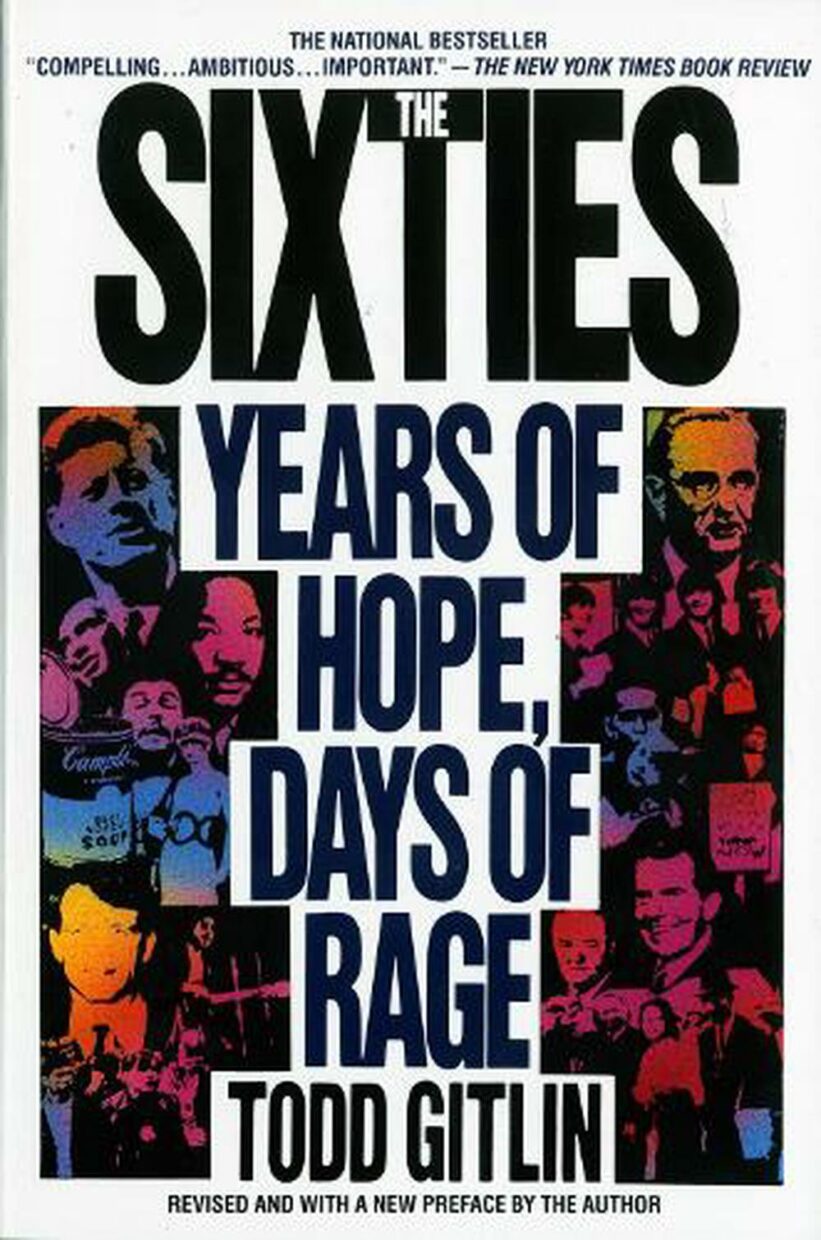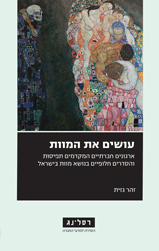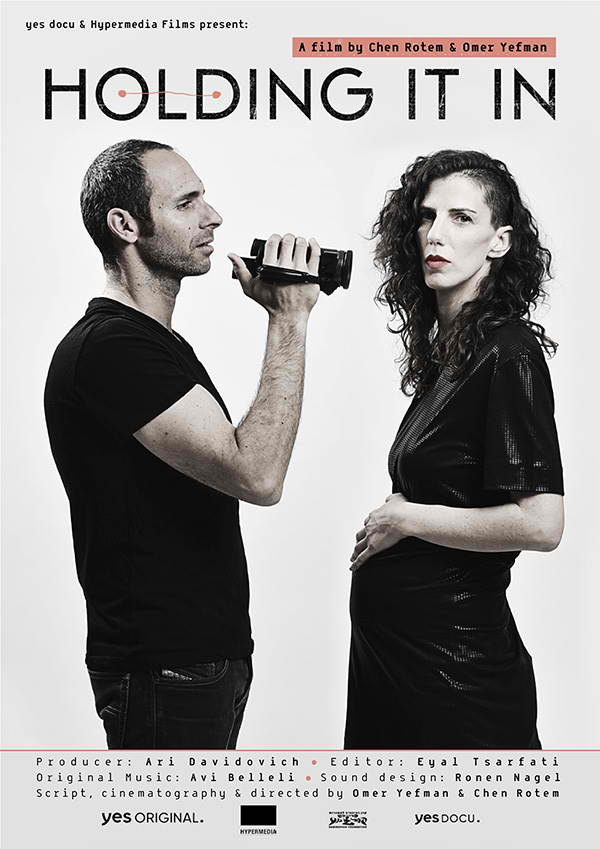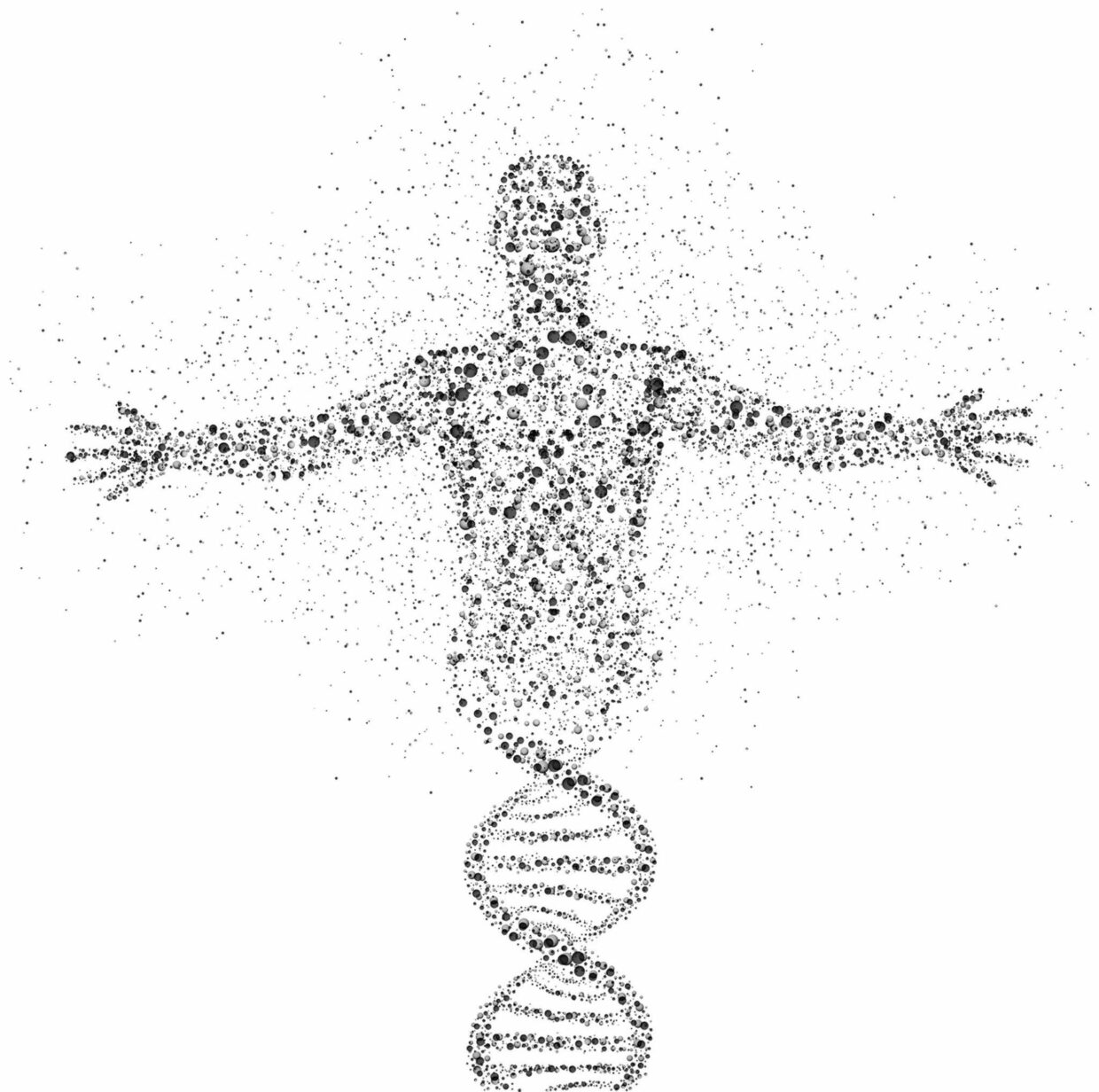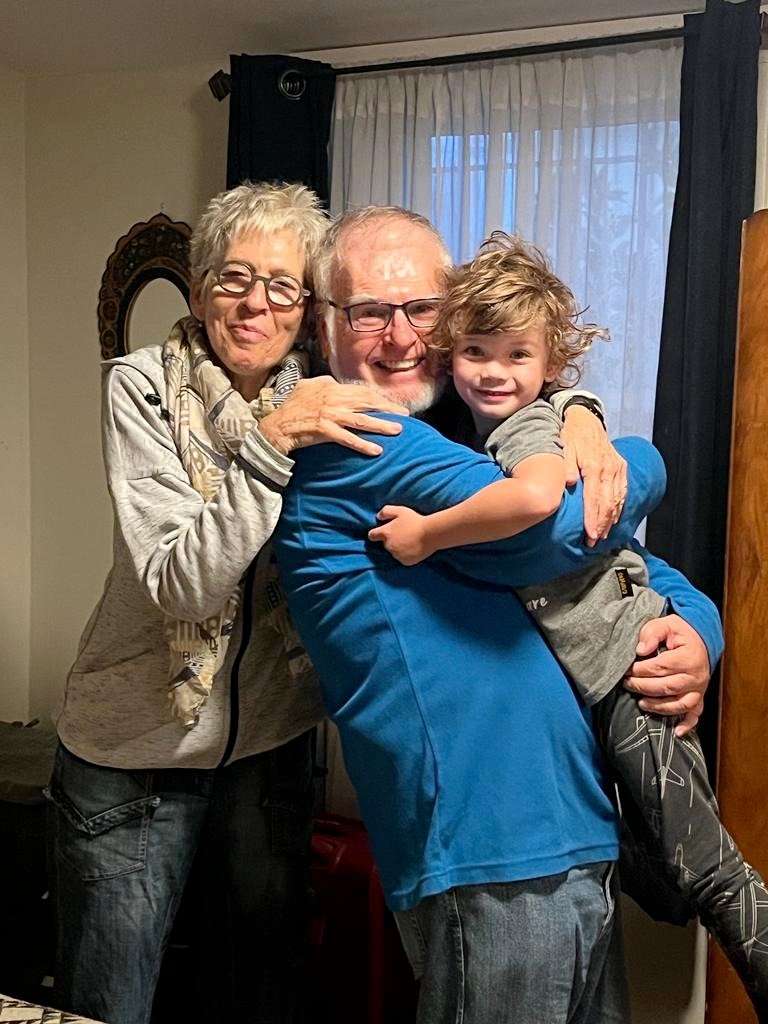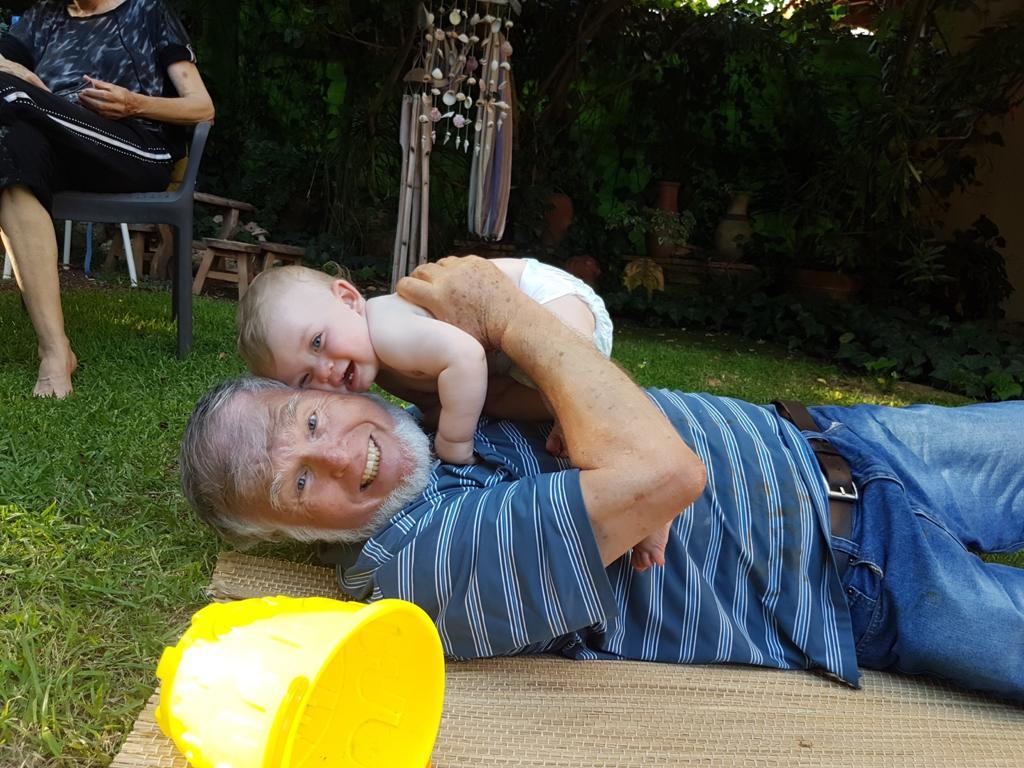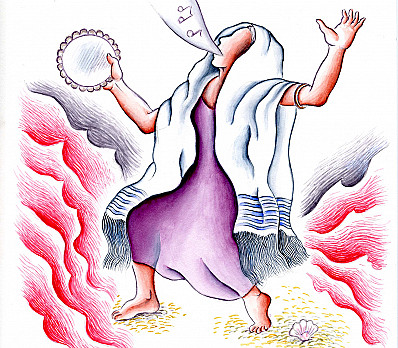A couple of years ago, after our San Quentin litigation ended, I left Twitter, an excellent decision that I do not regret one bit. The improvement in my quality of life was palpable and immediate. Occasionally I miss some kerfuffle that is relevant to my professional interests, in which case someone usually fills me in. Most of what I miss are pile-ups, tiresome at best and dreadful at worst, and I’m happy to be rid of it all. Occasionally someone wants to link to my stuff and emails to ask what my handle is. My career hasn’t gone down the drain; my “brand,” such as it is, hasn’t suffered from lack of cultivation; and I don’t feel like I’m lacking information or updates on important things.
The prospect of leaving Facebook is more complicated, because by contrast to Twitter, Facebook is populated by lots of distant friends and family with whom it would be difficult to stay in touch without the platform. The problem is that the platform has become worse to a point that it is impossible to deny or dissociate. Finding new posts from friends has become a Herculean task. I repeatedly see the same posts–old ones–and am not exposed to new ones. Some stuff gets prioritized, other stuff is hidden, and I have no say on the matter. Worst of all, the platform has become inundated in ads and reels that offer me absolutely nothing, and getting rid of them (through assiduous clicking and unclicking) is an abhorrent chore.
Plenty has been written about attention, mindfulness, and how destructive social media is to all these. Plenty has also been written about how we (more precisely, our eyeballs) are the product. It feels, though, that lately they’ve dropped the pretense of offering us a decent user experience in return for our attention; they’ve thrown the towel and now it’s all about unabashed marketing. Perhaps the price we have to pay for our connections and relationships has become steeper from the corporation’s loss-and-profit perspective. In any case, having now started full-time grad school on top of my full-time job and my very full-time kid, my time is limited and precious. I can’t afford to squander it by engaging in an Easter egg hunt for my friends’ words. At the same time, what is the alternative? It’s the only place that brings together people I can’t reach otherwise.
In addition to the personal cost of severing relationships that I care about and can realistically preserve only through Facebook, there’s the imminent publication of FESTER. Chad and I think this book is important; we wrote it because we wanted California’s COVID-19 correctional disaster remembered, and because we wanted to usher in the urgent conversation how to prevent the next plague from decimating the prison population and beyond. We want to bring first-hand accounts of the suffering to you, and we want you to follow the blow-by-blow account of the litigation so that you’ll know that courts (and politicians! and sheriffs!) are no good when it comes to emergency situations and lives on the line. We wrote it because we want people to witness the heroism of incarcerated people, their families, and their recently released friends, as well as countless advocates and activists, and to see what people can accomplish when they organize together against a tough, cruel system. For you to have this experience, we need you to read the book. And I’m now wondering whether it’s possible to get you to read the book without Facebook, Twitter, Insta, TikTok, and the like.
What would be good ways to promote our book without hustling online? We’re open to suggestions. If book promotion requires an online presence, I may have to do that, too, but I’m not looking forward to it and it will exact a psychological and cognitive price I’m not happy to pay. On the other hand, I’m happy to organize in-person events and parties, go on the radio and on TV, cold-contact bookstores and universities, and contact various organizations and activist hubs. Will the latter stuff be enough? I’m not sure, but I’ll certainly discuss it with my publicist and with those of you who have recent books out.



